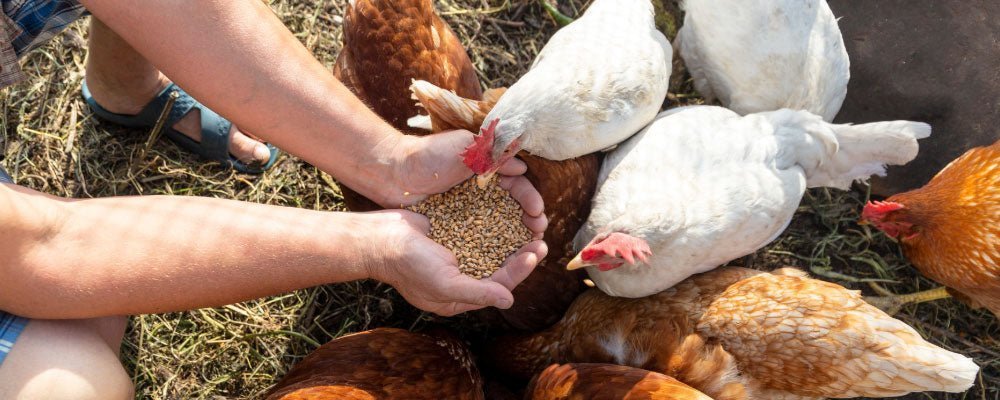
Chicken Food - A Guide to Feeding Chickens
What types of chicken feed are there available?
Unlike many other animals, due to poultry consumption globally, the dietary requirements of chickens have been thoroughly researched and it has been found that chickens, like people, need a variety of foods in order to remain healthy and avoid nutritional disorders.
So, prepared chicken feeds are often designed to provide a perfectly balanced diet for each type of flock and can include ingredients such as meat and bone scraps, blood meal, bone meal, fish meal, molasses, brewer's wastes, and ground grains and grain meals, as well as minerals and vitamins that chickens are known to need.
The protein content of these chicken feeds is usually around 16 to 20 percent, though the proportions are varied somewhat by the special dietary requirements of the birds the feed is intended for.
Many chicken feed suppliers offer all-purpose feeds, one for chicks and one for mature birds since it is often impractical for backyard raisers to feed each bird the most suitable special-purpose feed due to the small numbers of birds involved, so the all-purpose feeds may be used as a compromise.
Prepared feeds come in mash, crumble, and pellet forms, though chicks, as well as grown chickens, tend to waste the mash by spilling it on the ground, so the crumble and pellet forms often prove to be more economical.
But, it really depends on the chickens themselves, so it’s important to experiment and see whether your chickens prefer the crumbles or pellets. It is crucial to note that pellets are too large for chicks so they should only have crumbles.
Even for the backyard raiser who feeds his chickens a complete commercially prepared ration, there are many important, practical, and economical ways to supplement this ration, such as letting the chickens forage over a pasture, feeding them kitchen scraps and garden wastes, and recycling eggshells.
Regardless of what else may be made available to them, however, and regardless of whether they are caged, confined, or free, it is strongly recommend to still use prepared feeds.
If range is available over which the chickens can roam, they will be able to find a lot of excellent, nourishing, and delicious food for themselves. Seeds and insects will provide them with protein, as well as the essential vitamins and trace minerals that are so vital to a chicken's health.
The amount of nutriment that a pasture will provide varies somewhat with the nature of the vegetation. The younger and more tender the shoots, the more protein will be available from them. The older and tougher the vegetation, the more difficult it is to digest. Fibrous material may even become wadded up in the chicken's crop, blocking passage to the rest of the digestive system and making it impossible for the organ to function properly.
Chickens love fresh greens, salad scraps, weeds, and surplus or overripe fruit and vegetables from the garden. These are an important part of a feeding program for a backyard flock. Supplementing their diet with such things will help keep down your feed bill, but it is especially important if you are raising chickens for meat and eggs.
How often should I buy chicken feed?
Prepared chicken feed does goes stale within a few weeks, so if your chickens won't go through a full sack within a short time, it might be best to purchase your feed in small quantities on a just-in-time basis.
What supplement feeds are important for chickens?
Chicken Grit
Chickens must have access to grit in order for their digestive systems to function properly. Since chickens do not have teeth, the masticating function is performed by their gizzards, so, as a grinding agent, gizzards employ grit, which may simply be pebbles and other small hard indigestible objects that the chickens happen to eat. Grit gradually gets ground up along with the grain, so it must be continuously renewed.
If chickens have a large area in which to roam, they usually get a sufficient supply of natural grit. For closely confined chickens, it's a good idea to purchase commercially prepared grit at a feed store and have a container of it available at all times for them to eat.
Calcium
Laying hens need plenty of calcium to keep the eggshells nice and thick and protected. An exclusive diet of lay mix presumably supplies a sufficient amount, and chickens having a wide range over which to forage generally get plenty. But, if you're in doubt as to whether yours are getting enough calcium, you should make ground oyster shells available to them. Occasionally, eggshells may be very thin or even absent (from time to time we've seen an egg with just the membrane covering it). This is a sure sign of a calcium deficiency.
How often should I feed chickens?
To give you some idea how much a chicken will eat and what your feed requirements would be for a whole year, work on the basis that that an average bantam chicken in confinement may consume up to 23kg of feed annually whilst a large chicken might eat up to 45kg of feed.
The exact amount, of course, depends on many factors, including breed, sex, temperament, and climate. In any case, it’s best to leave a little something for the chickens to munch on all the time as they won't eat more than they need and so should be allowed to eat as much as they want.
If encouraged to eat a lot, hens will often lay better, will grow meatier faster, and will remain in fine and healthy condition for longer. Also, having tasty morsels to peck at all day also keeps the chickens from getting bored.
However, although feed should be continuously available, it is wise to feed them each day rather than to put a lot of feed out every few days. This gives the chickens something to look forward to every day and there’s less chance of food going mouldy. It’s also a good idea to look around each day to make sure everything is okay.
In terms of timings, you do not need to feed the chickens at the early time that they wake up. Instead, feed them the night before, so that there is food available when they wake up. In short, you don’t need to wake up at their time to feed them!
How often should I water chickens?
People sometimes tend to overlook the water supply and it’s important to convey that plenty of fresh clean water should be available for chickens at all times. Chickens must have water with their feed to be able to digest it properly, so they require larger amounts of water than sometimes can be imaged.
A chicken is made up of more than 50 percent water and a large chicken will drink from up to two cups per day, depending on the weather. They cannot drink much at once so they must drink frequently. Furthermore, eggs are 65 percent water and a hen that is unable to get enough water will be unable to lay properly. Even if the hen is deprived of water for only a short time, her laying may be seriously impaired.
Fresh clean water is essential for chickens as puddles of stagnant water from rain or leaks are an ideal breeding medium for harmful bacteria and other disease-causing organisms and tend to become fouled by chicken excrement. Even if fresh clean water is available, puddles should be eliminated so the chickens do not have access to them and get infected by drinking the puddles as the birds themselves are not at all choosey about where they get their water and therefore the quality of their water supply is only as good as the poorest available.
During the hot weather, it can be quite a chore to go out several times a day to make sure the chickens have adequate water, so automatic waterers are available and are easy to install on accessible faucets or with a length of plastic pipe. Once the waterers are installed you can forget about them, except to clean them periodically to prevent algae from growing and to see that no dirt has gotten in to stop the flow.
Conversely, in cold weather, if you live in an area that freezes in the winter, don't use plastic pipe, as it tends to burst easily when frozen. You might even want to make some provisions for warming the drinking water because cold water is not good for the chickens. The pipes to the automatic waterer should be also buried below the frost line and the water bowl should be located inside the coop. A light bulb over the water will help keep the water relatively warm.
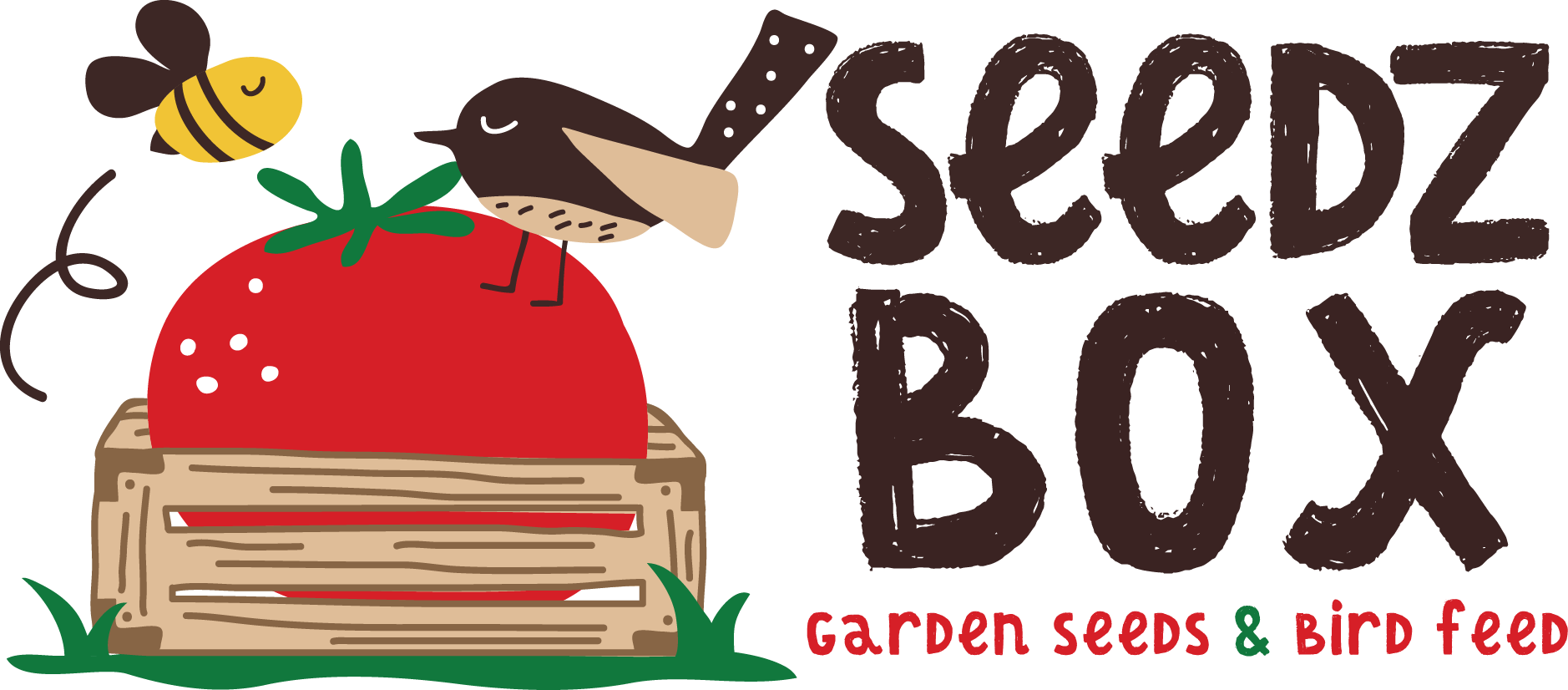
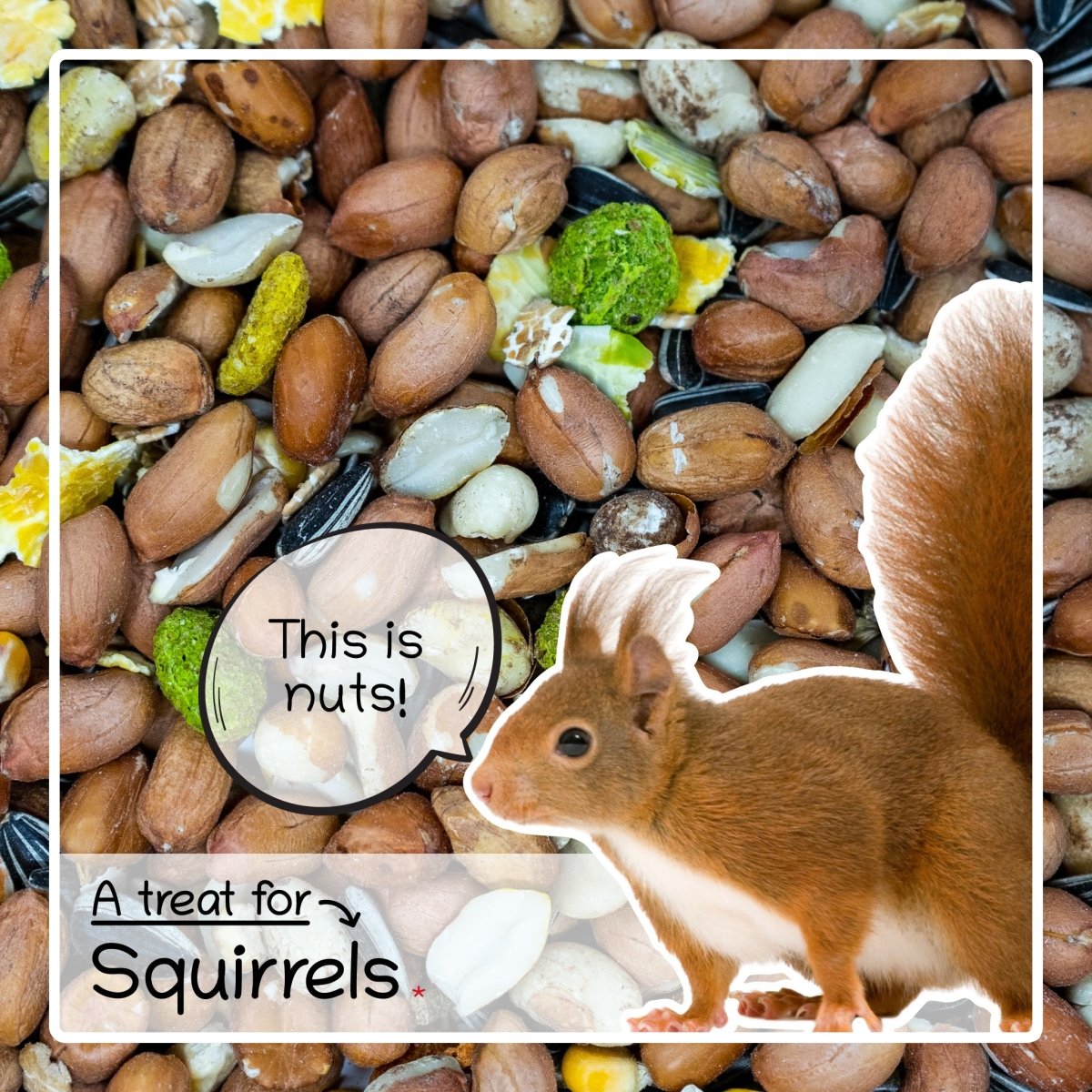
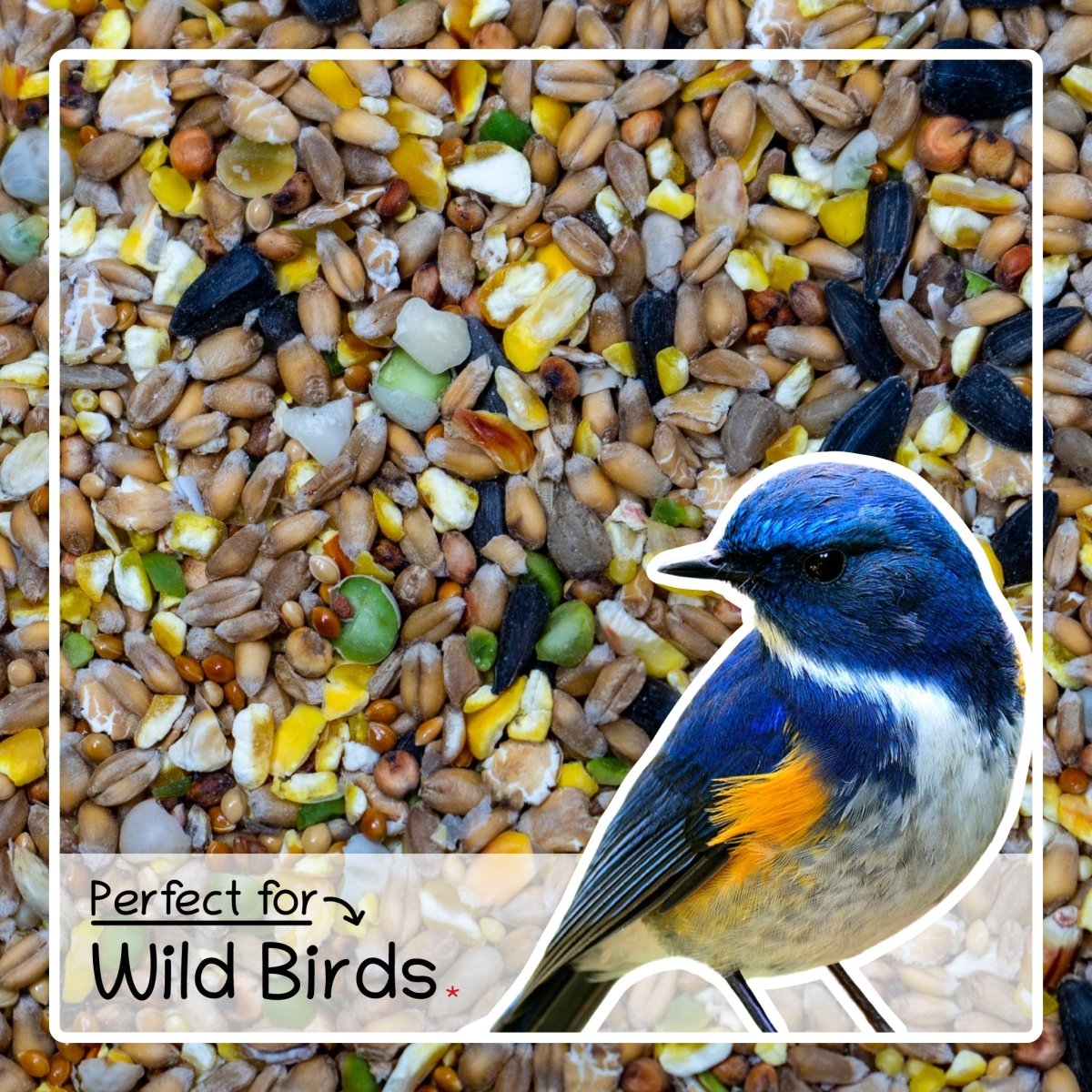
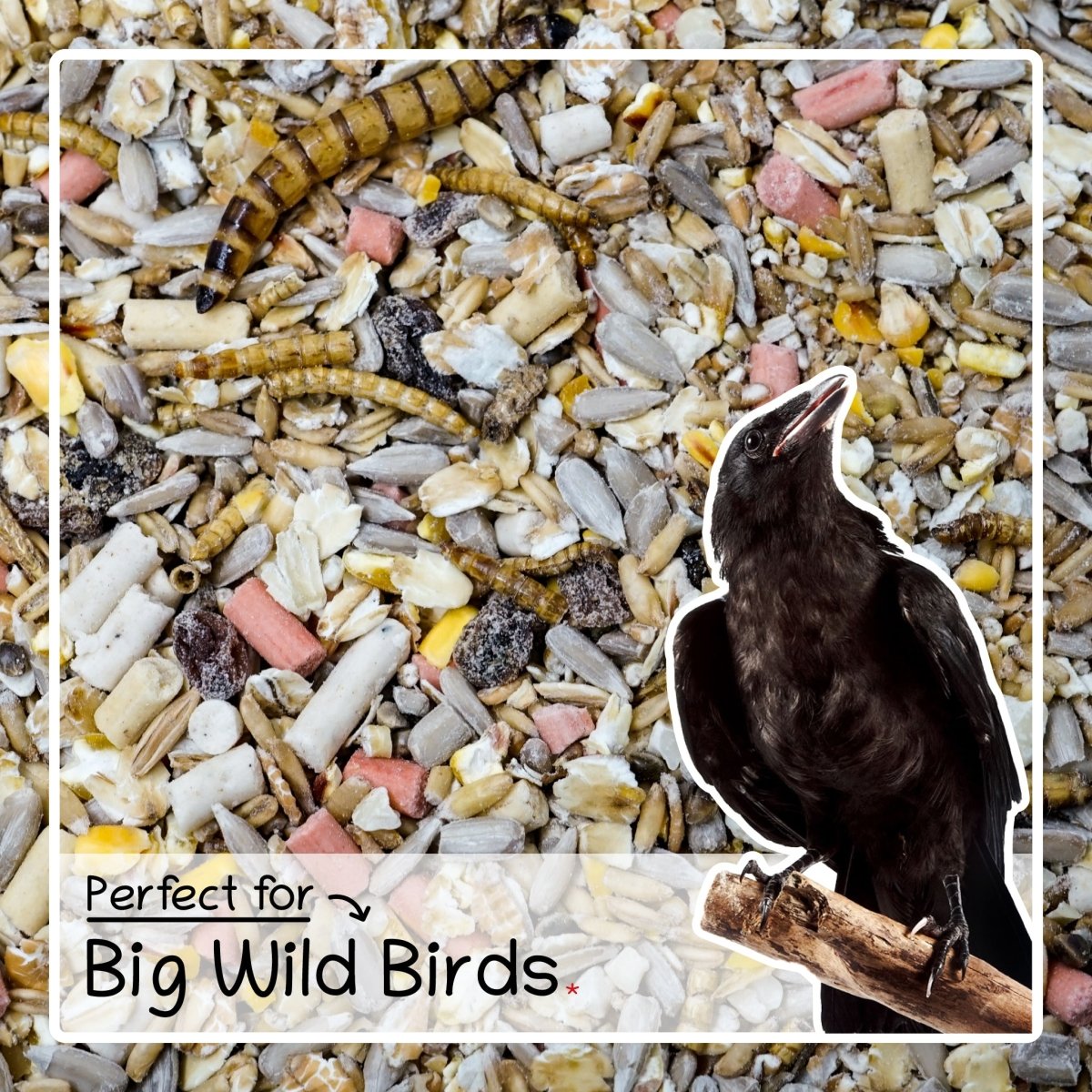
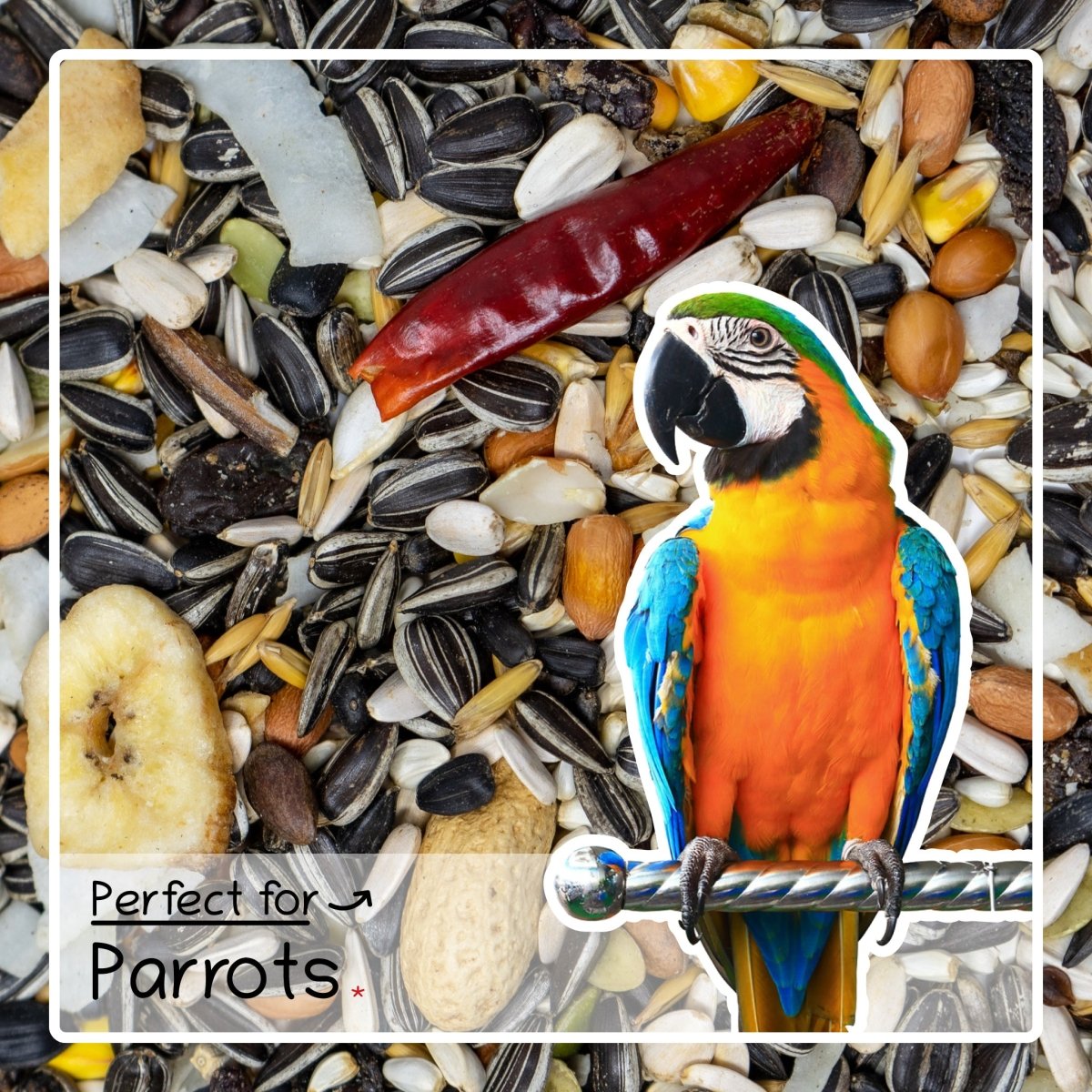
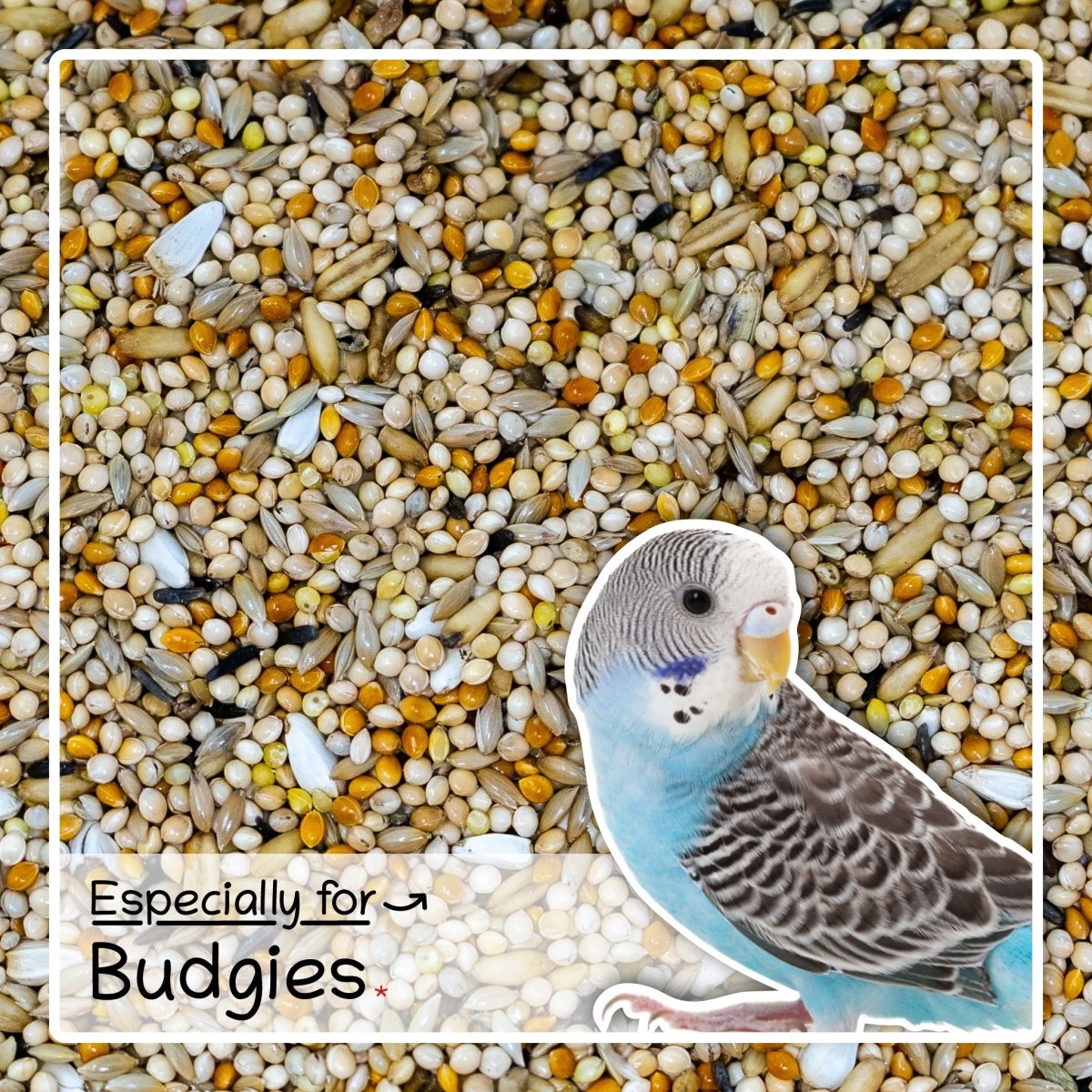
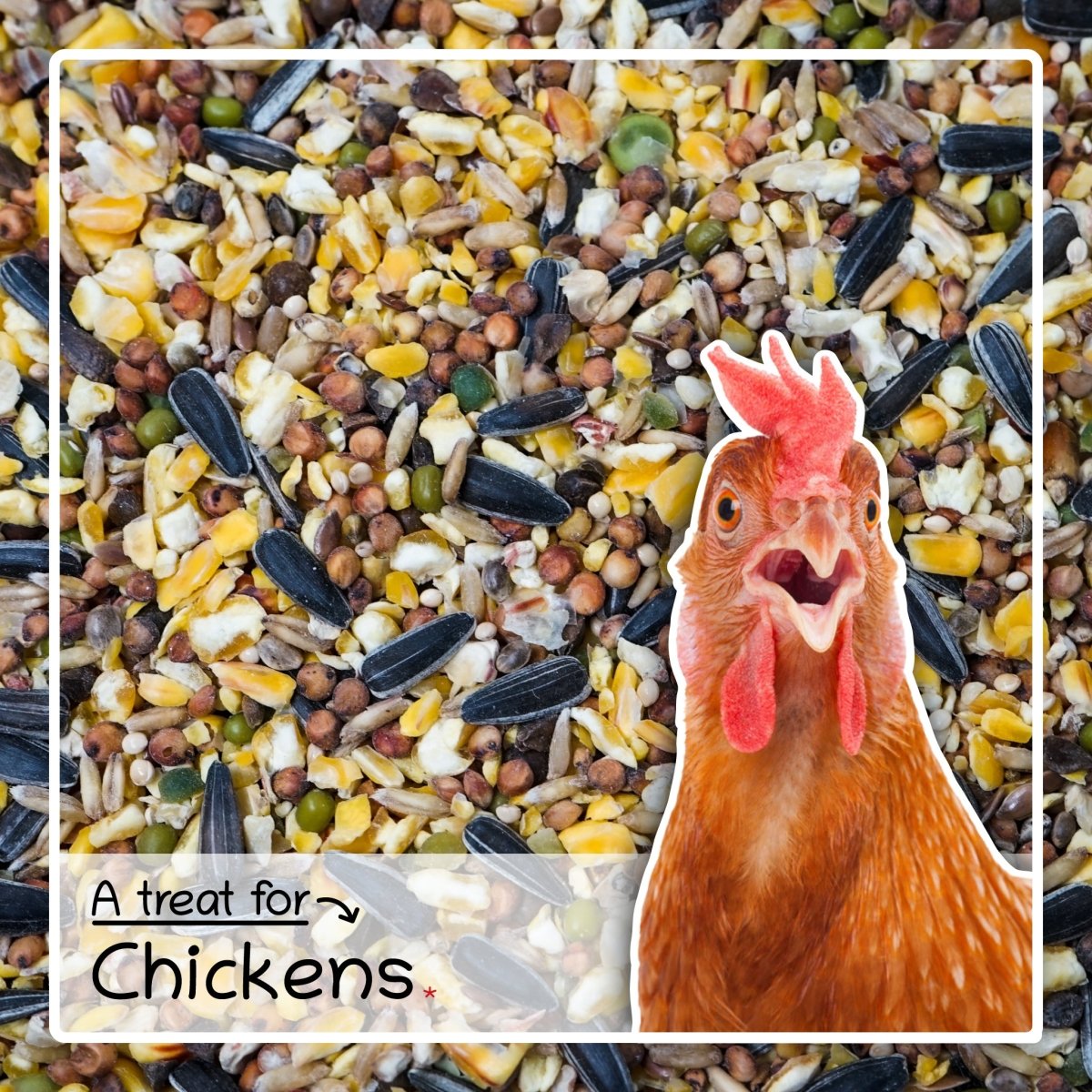
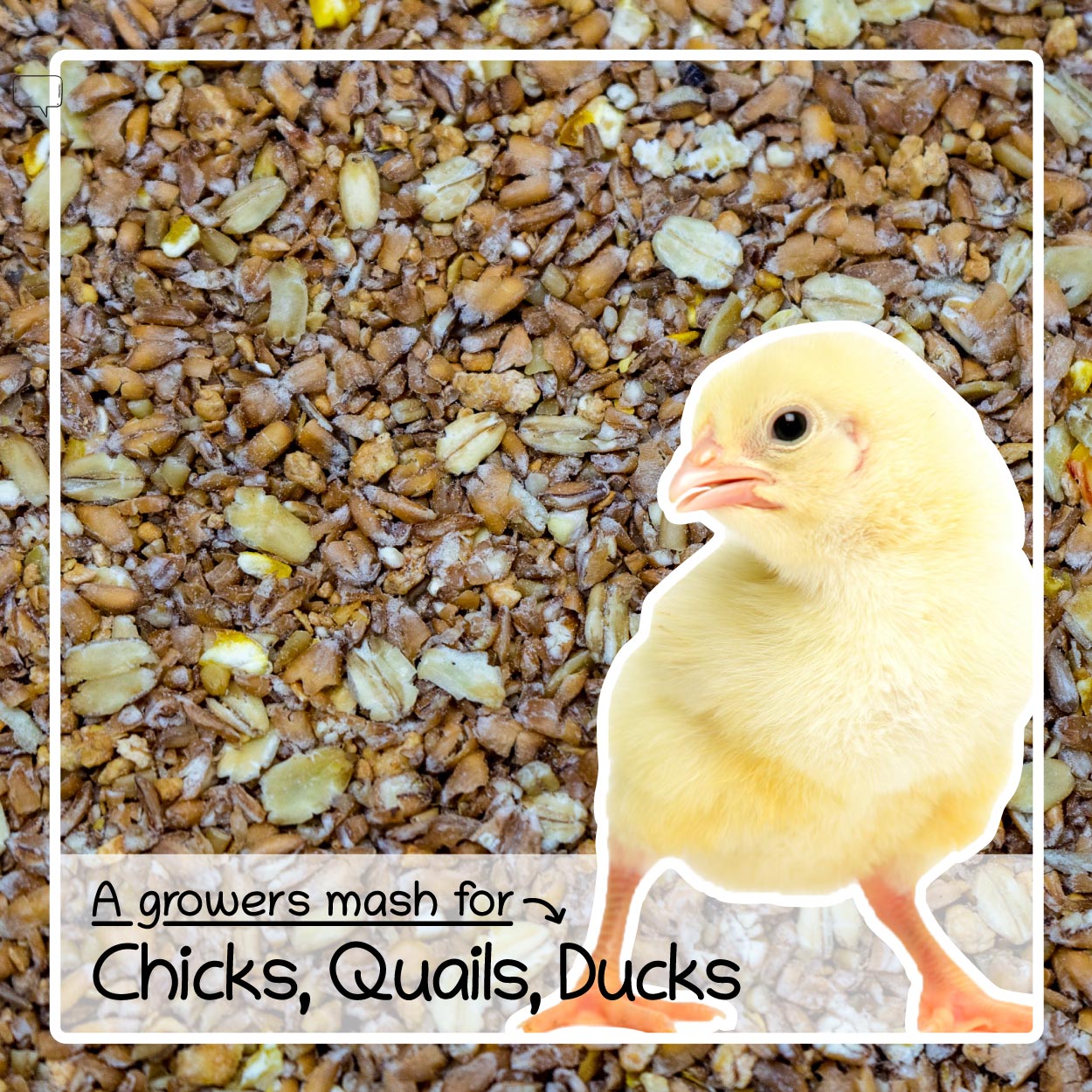
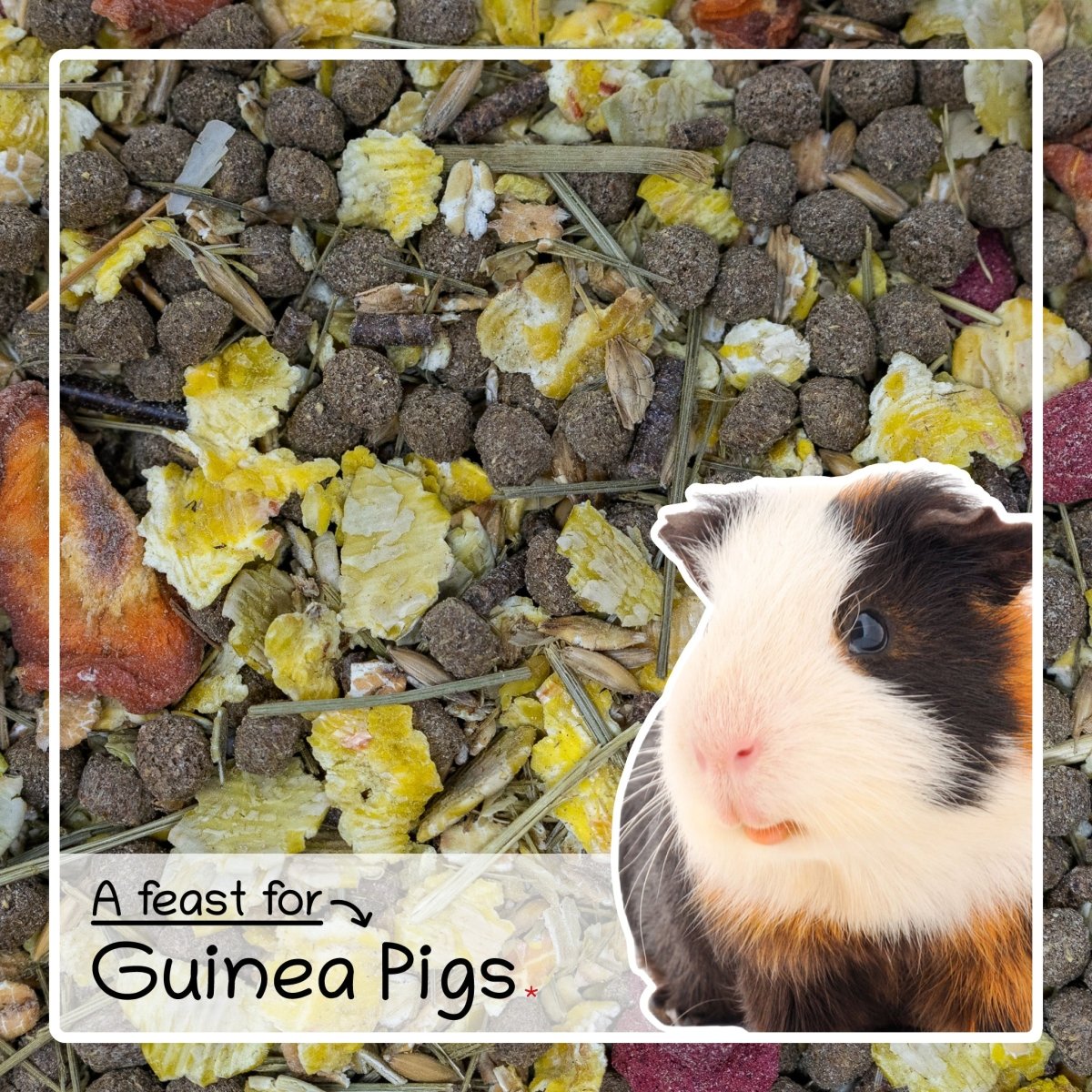
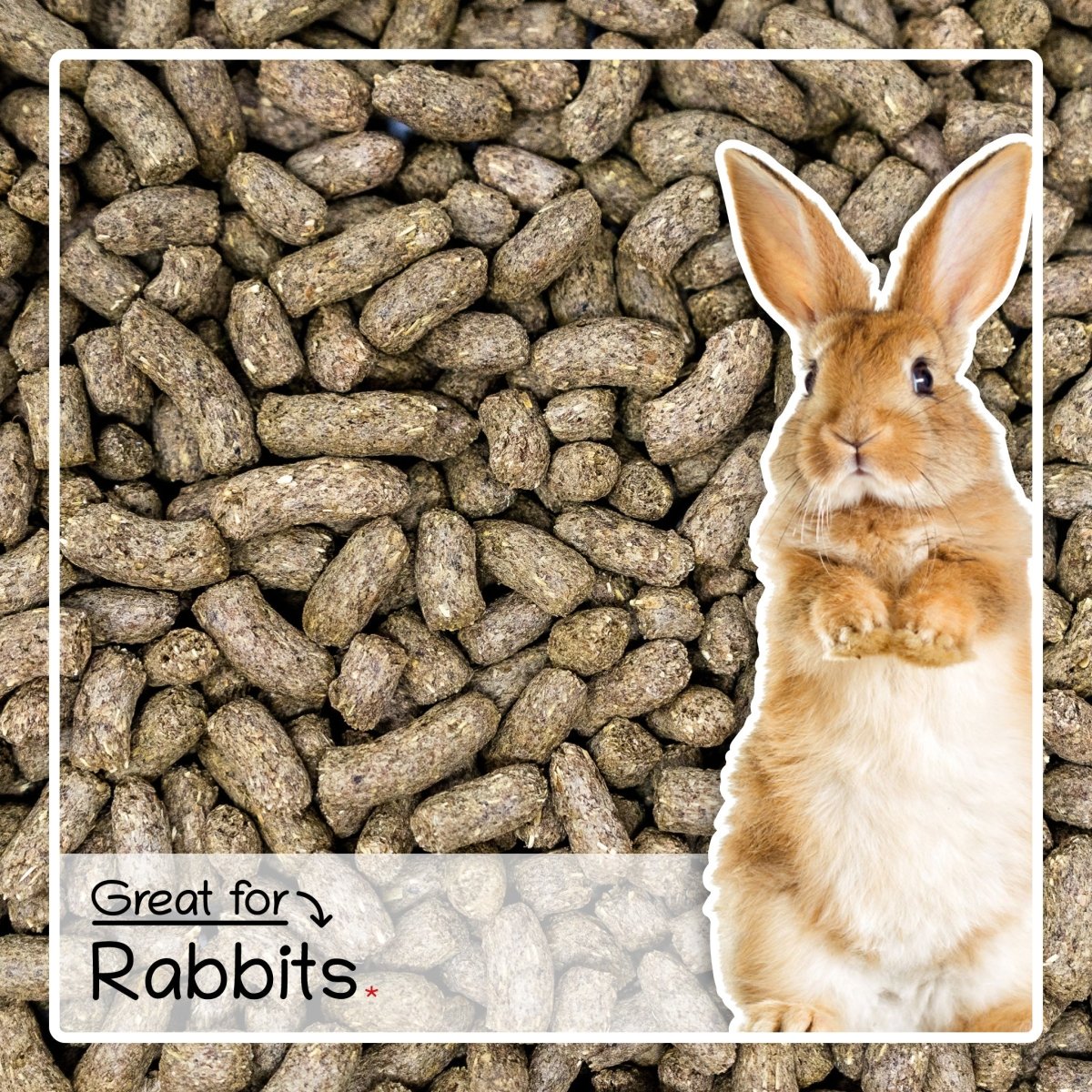
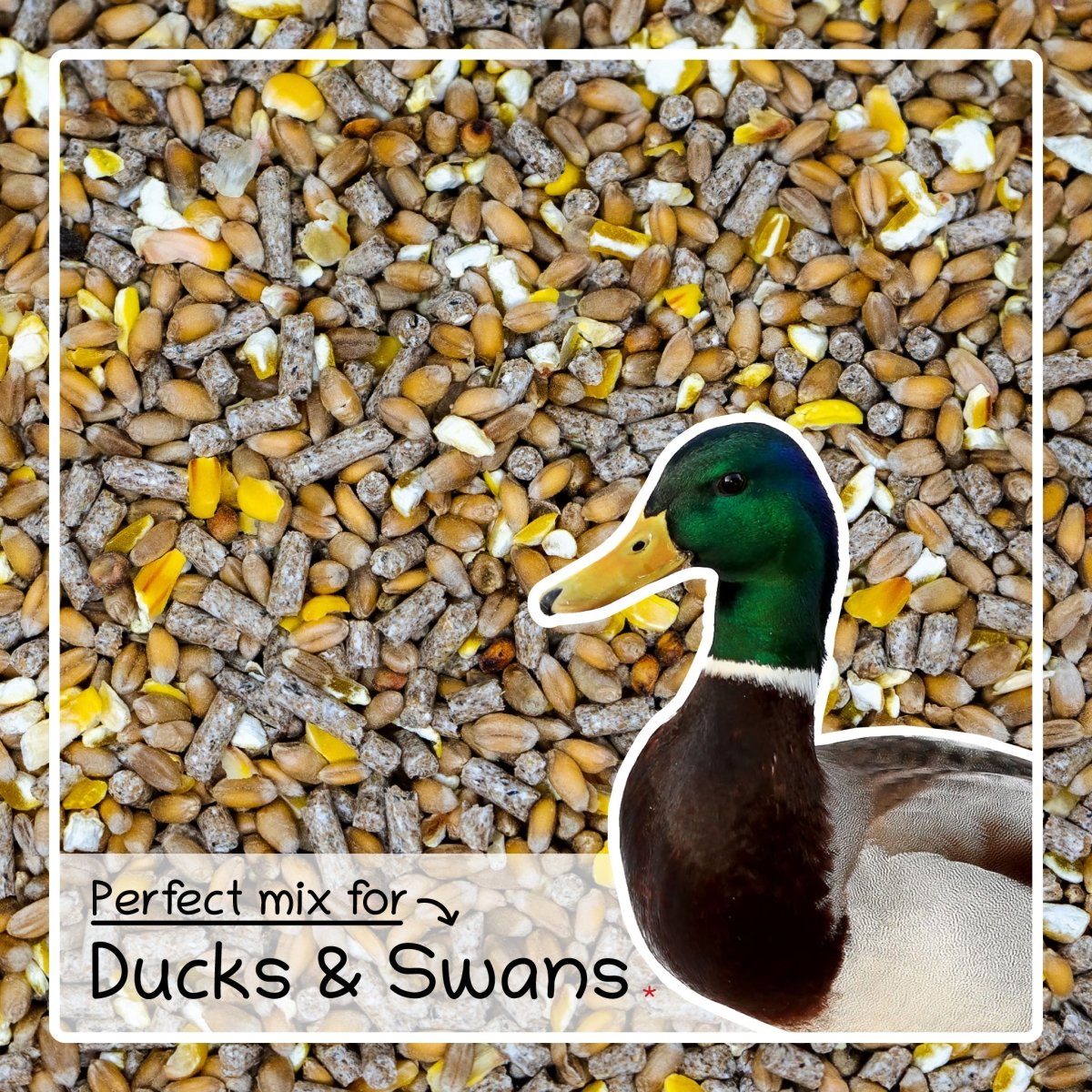
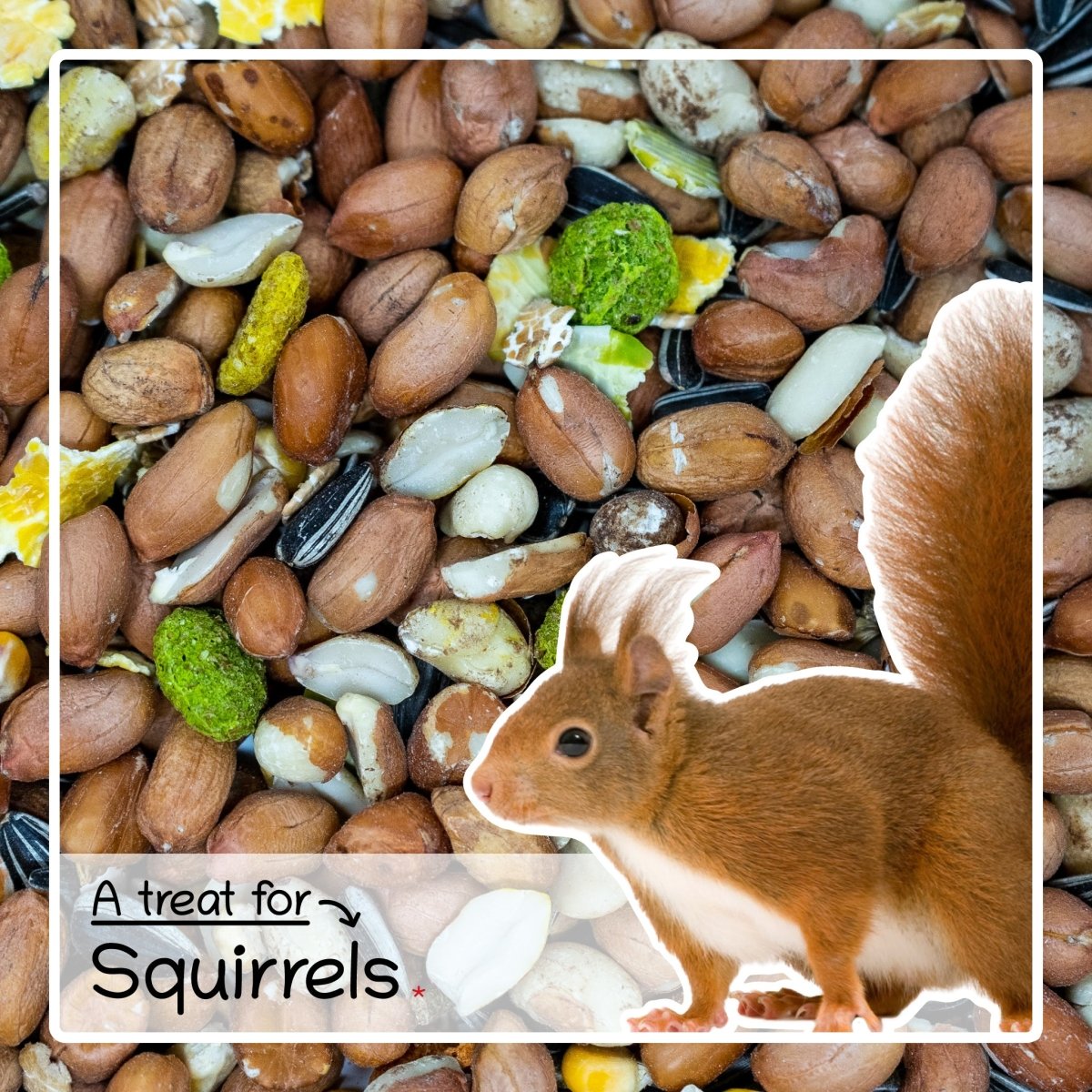


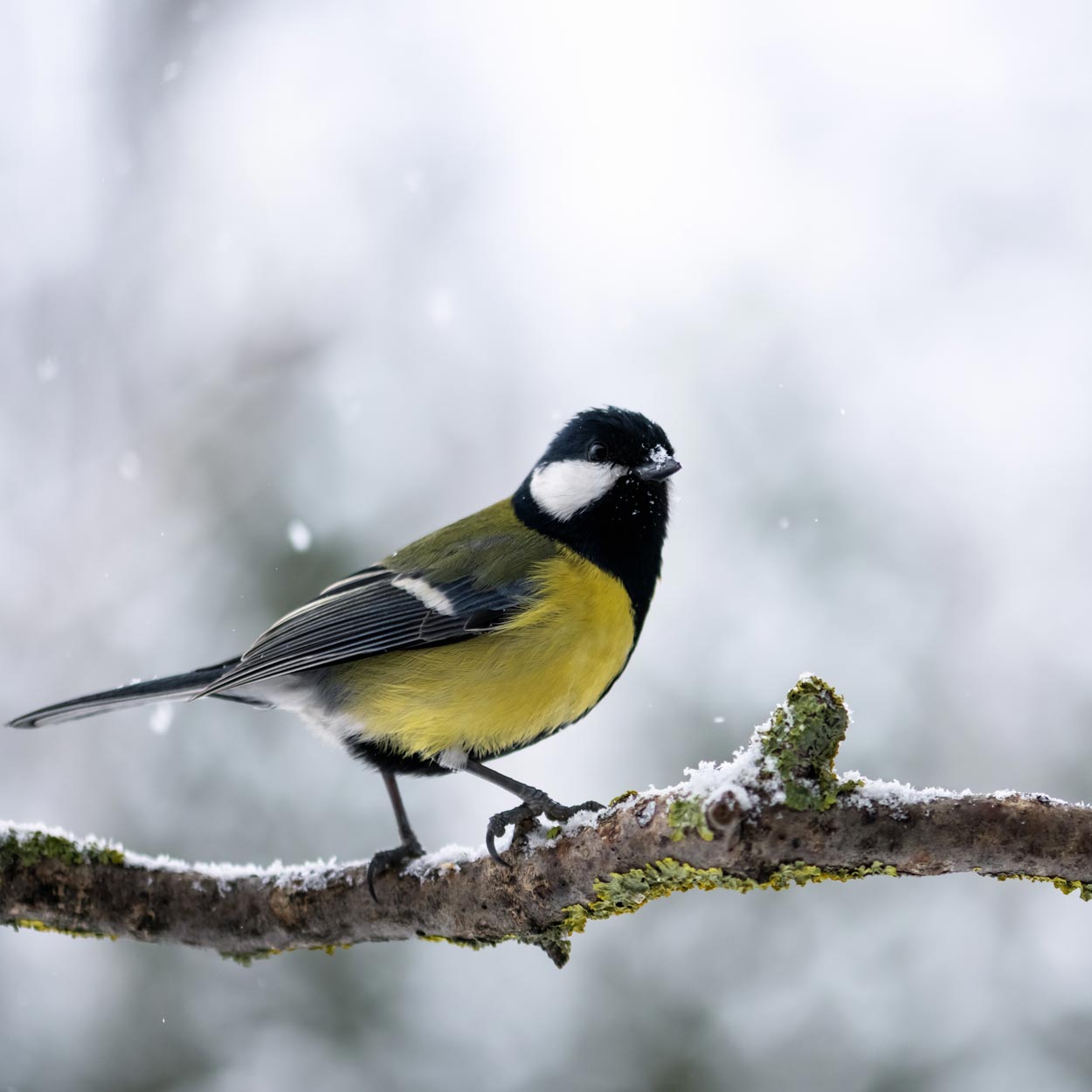
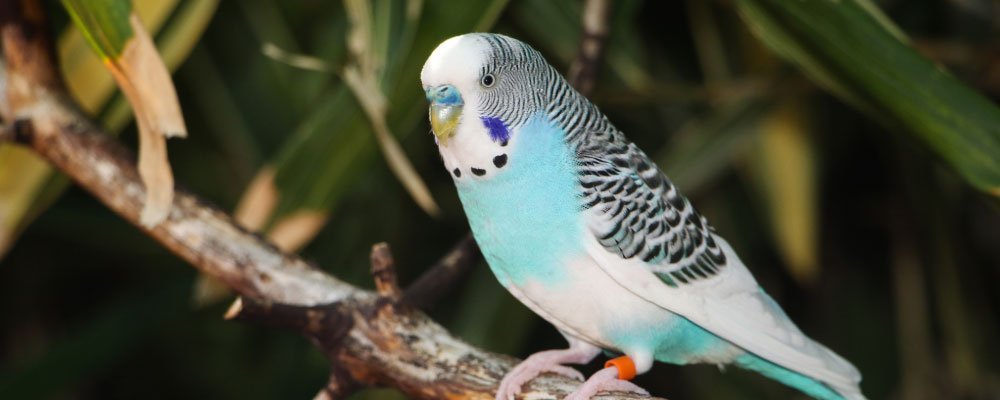
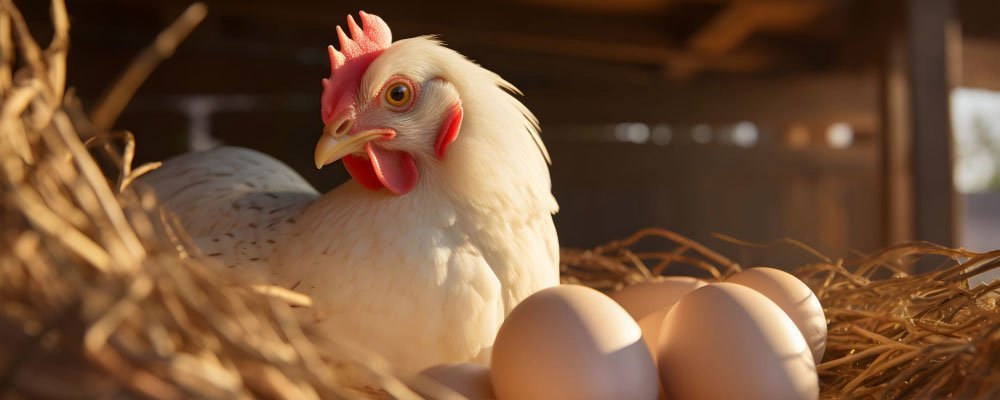
Leave a comment
This site is protected by hCaptcha and the hCaptcha Privacy Policy and Terms of Service apply.